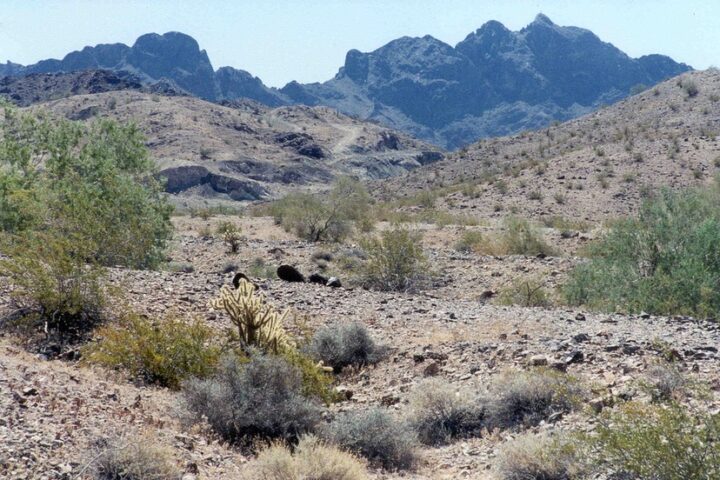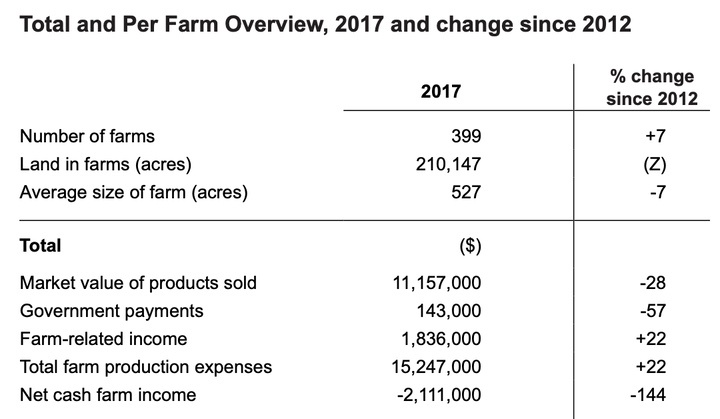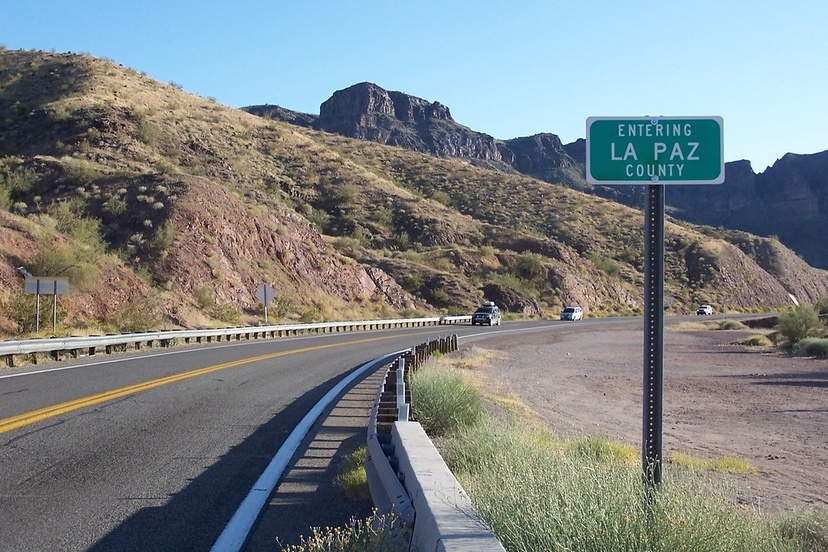The website Water Education Colorado posted an interesting article yesterday, written by reporter Jerd Smith.
Oops! 40,000 acre-feet of water slipped through the cracks at Lake Powell
An agreement from 2007 requires the U.S. Bureau of Reclamation to ‘balance’ with the shortages in Lake Mead and Lake Powell — the two largest water reservoirs in the American West — with occasional downstream releases from Lake Powell. Apparently, the managers at Lake Powell miscalculated the most recent release by 40,000 acre-feet, which is roughly enough water to irrigate 20,000 acres of corn, or supply 80,000 homes for up to two years.
Water district managers in Colorado complained about the release, but were told that the mistake was within the ‘margin of error’ allowed by the 2007 agreement.
The American Southwest has experienced many errors where water is concerned, over the past century. Some experts contend that the filling of Lake Powell, beginning in 1963, was, in and of itself, a huge error. The reservoir has not been full since 1983, and it loses about 375,000 acre-feet of water annually to evaporation. That’s about 10% of all the water that flowed into Lake Powell in 2021.
The growing water crisis in the Southwest is partly from natural causes, but mostly the result of unsustainable human uses — nearly all of which are related to agriculture.
Also posted yesterday on the Water Education Colorado website, an article by Shannon Mullane that begins like this:
Colorado River talks are back in gear after stalling earlier this year, but little progress has been made on key sticking points, like how water cuts will be made and the role of Upper Basin reservoirs, state officials said Thursday.
More than 200 water watchers packed a conference room at the University of Colorado Law School in Boulder to hear updates from the officials, who represent the seven basin states deliberating over how the river will be managed after 2026. It was the negotiators’ first public meeting since basin states failed to reach a consensus in March and instead released two competing visions for the river’s future.
“In an ideal world we would have come together and gotten to a consensus immediately … but it’s not an ideal world, and it’s a really difficult problem,” said Estevan López, New Mexico’s Colorado River negotiator. “I think what you have from us is a commitment to keep working on it.”
True enough. It’s not an ideal world, in 2024, where water is concerned.
In the first two parts of this editorial series, I shared a troubling story about agricultural capitalism draining an aquifer in southwestern Arizona. Large corporations, like Saudi Arabia’s largest dairy company, Almarai, bought up vast stretches of La Paz County to grow alfalfa, which is then shipped to the other side of the globe to feed livestock.
The corporations are pumping so much groundwater that residential wells are drying up, and the future looks bleak for local residents.

But Arizona has no regulations in place that can stop the corporations from draining the state’s rural aquifers — in much the same way many of the aquifers in Saudi Arabia have already been drained. From a recent analysis of Saudi water policy by Amin Mir and Waqar Ashraf:
Saudi Arabia’s culture of water consumption is unsustainable due to practices like excessive water use, negligent wastewater management, unrestrained increase of population, and reckless agricultural policy… Water resources have also been strained by urbanization, growing living standards, an ongoing influx of immigrants, expansion of farmland, the construction of new homes and shopping centers, among other factors…
Almarai and similar corporations are now growing alfalfa in places like Sudan, Ethiopia, and Argentina. And in the deserts of Arizona.
But it’s not only foreign capitalists who are feeding livestock with the limited water in the American Southwest. Here in Archuleta County, we have a long history of ranching — mainly cattle and sheep — dating back to the late 1800s, and currently, our existing ranches consume about 94% of all the water diverted here. Increasingly, those ranches are ‘trophy ranches’ that run cattle — not for profit, but for the significant property tax benefits arising from owning large acreages of so-called ‘agricultural property’.
According to the U.S. Department of Agriculture, farm and ranch operations in Archuleta County have shown a collective net loss of around $2 million a year. This is apparently not a “for-profit” business.

But food production, like water, is a complicated issue. We all need water, and we all need food.
Do we all need alfalfa?
A friend who was born and raised in Archuleta County sent me an email recently, addressing the agricultural uses of water. He’s done extensive research into soil health — a topic that has been generating increased interest over the past couple of decades, especially among agricultural scientists.
Agricultural production can be conventional… based on synthetic chemicals that enable us to grow food in ‘inert media’… either in water or in biocide-laden ground. But there is another way to grow food, one that’s finding wide acceptance around the world, and that is by means of regenerative agriculture. Among the folks who have become famous for their insights, successes, and discoveries are Gabe Brown, Elaine Ingraham, Ray Archuleta, and a host of others.
If you want a quick overview of the latest developments in regenerative agriculture, check out this video:
If we want healthy food, it needs to come from healthy soil, which means soil that functions to make all the nutrients available to the plants we grow in it. And just like in the human gut, microbes do the work. But how do we sustain microbial (and fungal) soil life? As kids growing up, we were told bacteria are bad, and fungus and such things should be killed, by any means possible.
Oops! It turns out that microbes are absolutely necessary for our survival.
Life in the soil needs both air and water. When the rain and snow cannot infiltrate into the soil, it runs off and the soil dries out; the plants wilt; some die. The result: desertification. If we in Colorado build resiliency and water-holding capacity in our soils, drought would not alarm us near so much.
The next step would be determining which crops are least likely to drain our reservoirs and aquifers.

